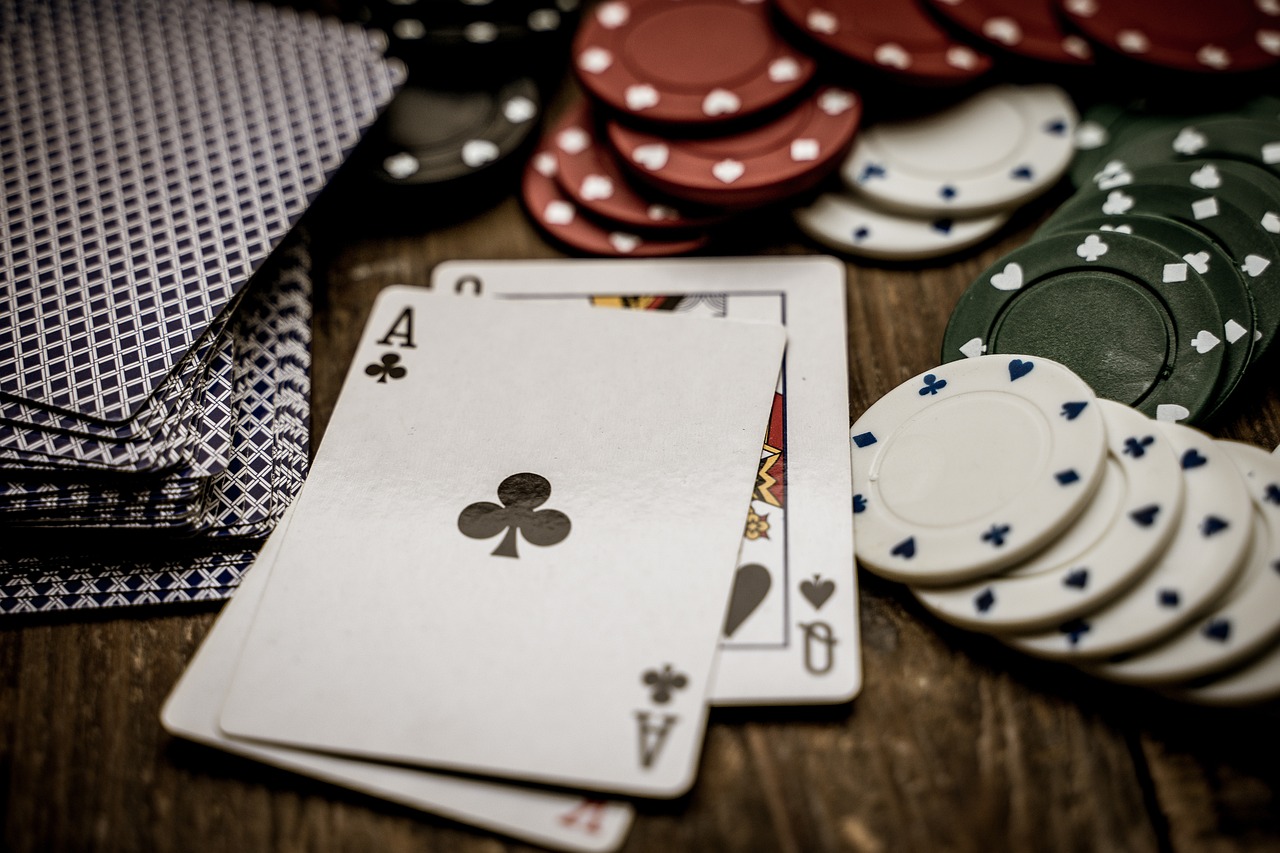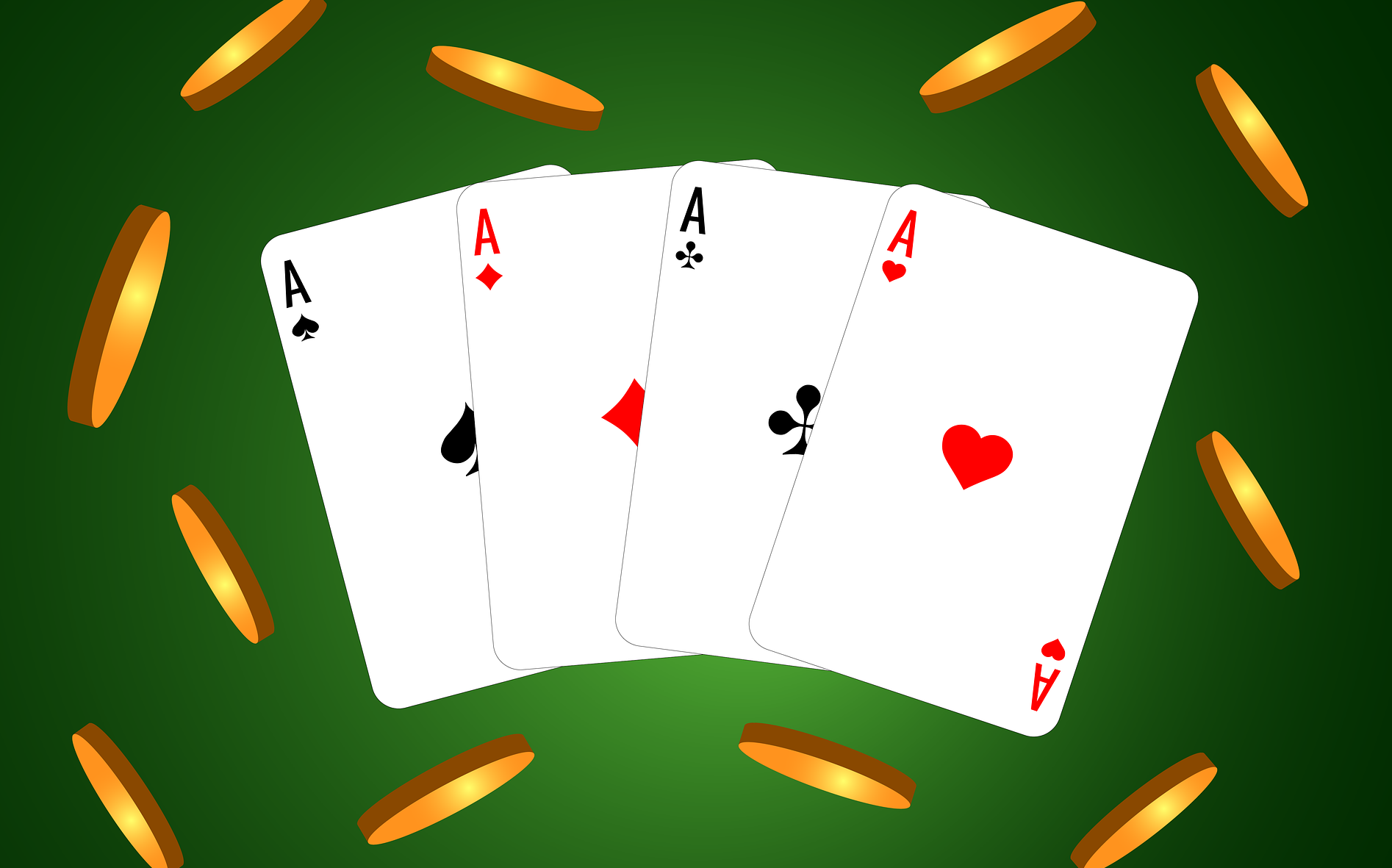슬롯사이트: 쿠폰, 이벤트, 프로모션, 보증으로 더욱 흥미진진한 경험을!
슬롯사이트에서 즐기는 게임은 무궁무진한 재미와 스릴을 안겨줍니다. 하지만 더욱 특별한 경험을 원한다면 쿠폰,이벤트, 프로모션, 보증을 활용해보세요. 이들은 단순히 게임을 하는 것 이상의 혜택을 제공합니다. 첫째, 쿠폰은 보너스나 할인 혜택을 누리는 데 큰 도움을 줍니다. 이를 통해 자신의 자본을 효율적으로 운용할 수 있으며 보다 많은 돈을 벌 수도 있습니다. 더불어 이벤트에...



















